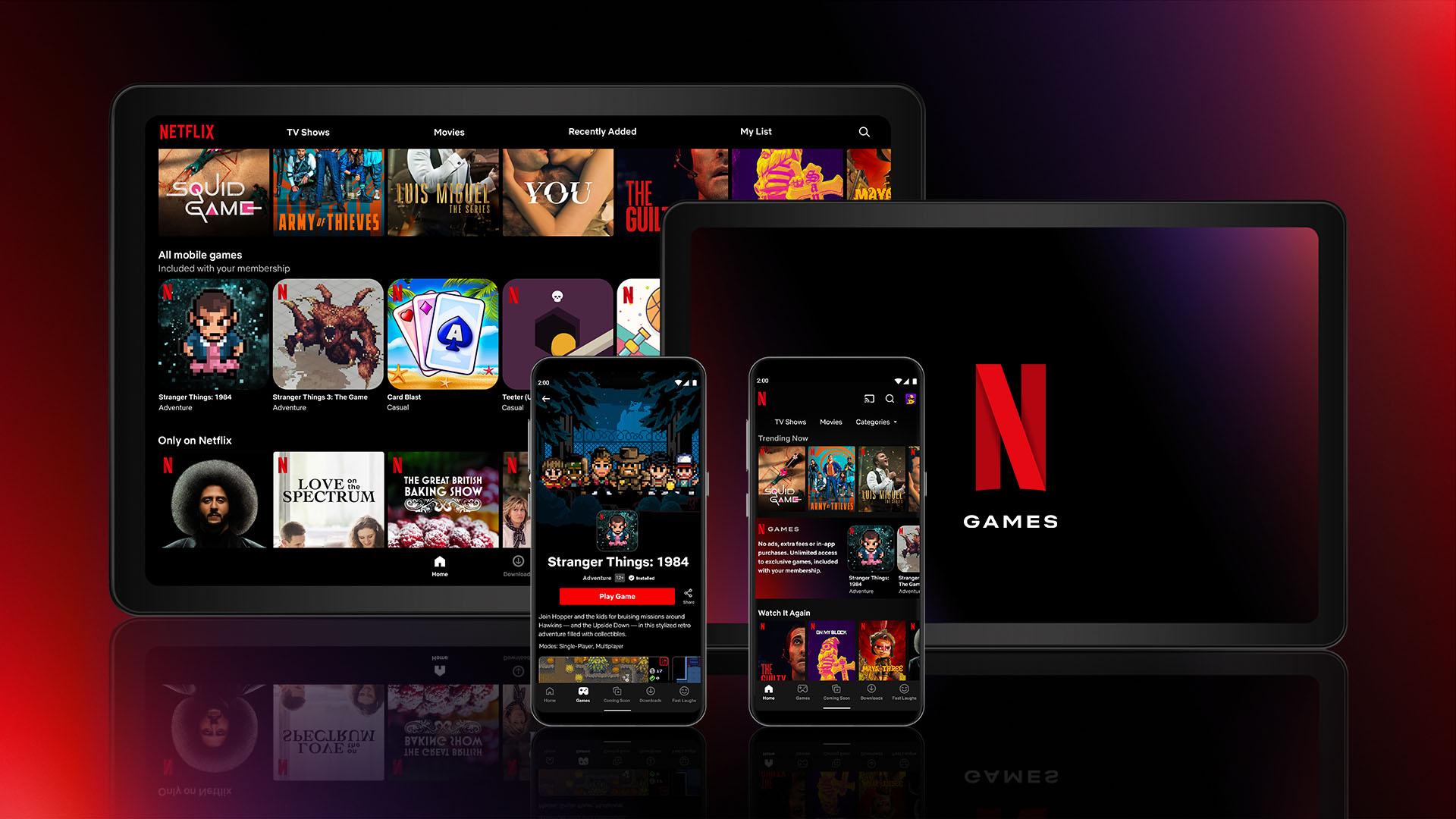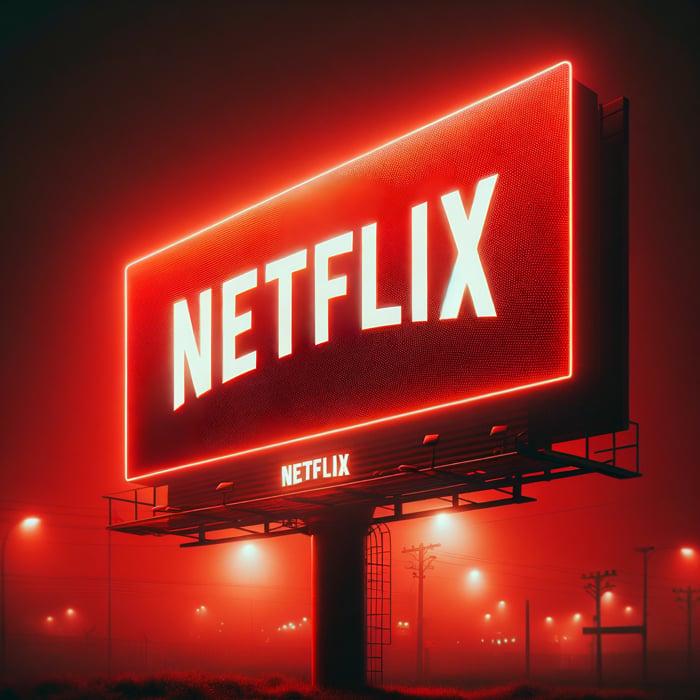In recent years, Netflix has emerged as a global entertainment juggernaut, reshaping the landscape of media consumption with its extensive library and original content. As the streaming giant expands its reach across continents, it brings with it both opportunities and challenges for local entertainment industries. This article delves into the multifaceted impact of Netflix’s global expansion, examining whether its presence is invigorating local markets through investment and exposure or stifling them by overshadowing indigenous content and altering consumer habits. By analyzing market data, industry trends, and expert opinions, we aim to provide a balanced perspective on the intricate relationship between Netflix’s growth and the vitality of local entertainment ecosystems.
Impact on Local Content Production and Distribution
The global reach of Netflix has undeniably altered the landscape of local content production and distribution. Local filmmakers and producers often face challenges in securing funding and distribution channels, as global platforms may prioritize content with universal appeal over regional storytelling. This can lead to a homogenization of content, where unique cultural narratives risk being overshadowed by globally trending genres.
However, the impact isn’t solely negative. Netflix has also opened doors for local creators by commissioning original series and films, offering unprecedented exposure to international audiences. This dual-edged sword presents a paradox: while some local industries struggle to compete, others find new opportunities for growth and innovation. The challenge lies in balancing these dynamics to ensure that local voices continue to thrive alongside global giants.
- Increased competition for local producers
- Potential loss of cultural specificity in storytelling
- Opportunities for international exposure
- Access to larger budgets and production resources

Economic Implications for Regional Entertainment Markets
Netflix’s aggressive global expansion presents both opportunities and challenges for regional entertainment markets. On one hand, the platform offers local content creators a new venue to reach international audiences, potentially increasing their revenue streams and global visibility. This can lead to enhanced production quality and diversified storytelling, as creators strive to meet the tastes of a broader audience.
On the other hand, the dominance of a major global player like Netflix can overshadow local industries, particularly in regions where traditional media outlets are already struggling. Some potential impacts include:
- Market Share Displacement: Local broadcasters and streaming services may find it difficult to compete with Netflix’s extensive library and budget for original content.
- Cultural Homogenization: The prevalence of global content might lead to a dilution of regional cultures and languages in media.
- Talent Drain: Local talent might gravitate towards Netflix for better pay and exposure, leaving domestic industries with a shortage of skilled professionals.
Balancing these dynamics requires strategic policy interventions and collaborative efforts to ensure that local entertainment ecosystems can thrive alongside global platforms.

Cultural Influence and Audience Preferences
As Netflix’s footprint extends globally, its content library has increasingly reflected a diverse array of cultures and stories. This shift has led to a fascinating interplay between local tastes and international narratives. While some audiences relish the opportunity to explore new genres and cultural perspectives, others express concern over the potential overshadowing of local content. This dichotomy highlights a critical aspect of global media consumption:
- Cultural Homogenization: The platform’s algorithm often promotes globally popular shows, which might lead to a homogenized cultural landscape, potentially diminishing the visibility of regional productions.
- Increased Exposure: On the flip side, local creators gain access to a broader audience, potentially transforming niche productions into international sensations.
- Changing Preferences: Viewers’ tastes are evolving, with many seeking content that resonates personally, regardless of its origin. This shift can both challenge and inspire local industries to innovate.
Ultimately, the balance between celebrating global diversity and nurturing local artistry remains delicate, requiring a nuanced approach from both streaming giants and regional creators.

Strategies for Harmonizing Global and Local Media Ecosystems
To balance the scales between global streaming giants and local entertainment industries, several strategies can be considered. Firstly, fostering collaborative partnerships between international platforms and local content creators can encourage a symbiotic relationship. This involves investing in regional talent and narratives, thus ensuring that local stories are given a global stage while retaining cultural authenticity.
Another approach is the implementation of content quotas and incentive programs by governments to promote indigenous productions. This can include tax benefits or subsidies for platforms that meet specific local content requirements. Moreover, enhancing media literacy among audiences can empower viewers to make informed choices, appreciating diverse narratives beyond mainstream offerings. By blending these strategies, a more harmonious media ecosystem can emerge, benefiting both global and local stakeholders.



